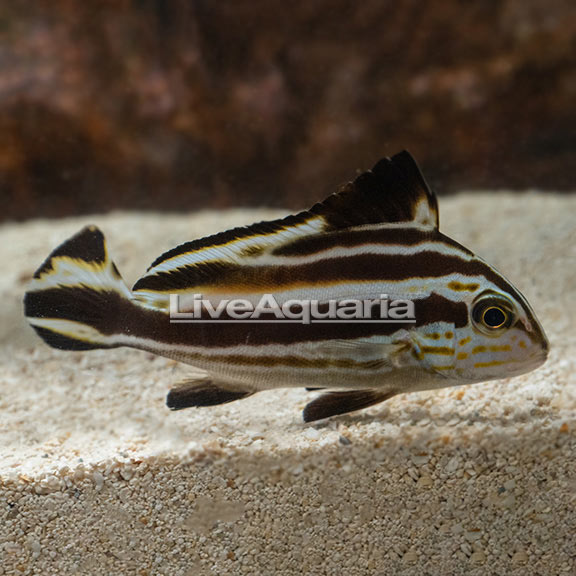

Additional locales and sizes may be available!
Additional locales and sizes may be available! Email me when availableQuick Stats
What do these Quick Stats mean? Click here for more information
What do these Quick Stats mean? Click here for more information
Overview
The Painted Sweetlips does best when acclimated while small and will stay in darkened areas until it feels comfortable and safe. It is a nighttime bottom feeder and poses a threat to small fish and inverts and will disrupt the sand substrate in search of food. Hobbyists should provide hiding places in live rock or décor, and plenty of space for swimming, given its large size.
This member of the family requires several daily feedings of meaty foods such as crustaceans, as well as krill, zooplankton, and Mysis and brine shrimp.
Approximate shipping size: 2 1/3” to 2 3/4”









